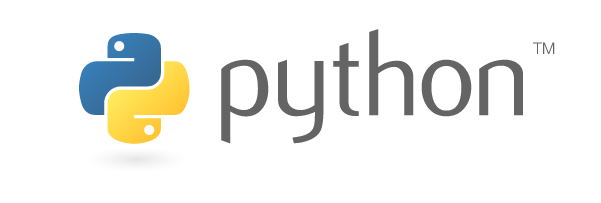The data models are composed of:
Manually contributed
- Json schema describing the technical properties of the model and their descriptions
- Some examples in JSON and JSON-LD (example.json, example.jsonld, example-normalized.json and example-normalized.json)
Optional
- Manually contributed: The authors (CONTRIBUTORS.yaml)
- Manually contributed: Current adopters of the data model (ADOPTERS.yaml)
- Manually contributed: Customization of specifications (notes.yaml)
- Manually contributed: Original URI for terms coming from an ontology notes_context.jsonld
Automatically generated (threfore you do no have to contribute it)
- The specification in English (spec.md), Spanish (spec_ES.md), German (spec_DE.md), French (spec_FR.md), Italian (spec_IT.md), Japanese (spec_JA.md), and in Chinese (spec_ZH.md)
- Other examples in CSV and most of them in DTDL
- Structure in yaml
- Structure in SQL
- README.md for the data model
- README.md for the subject model
Templated
- Licensing of the data model (use to be Creative commons 4.0) (LICENSE.md)
You do not have to start from a blank page.
We encourage you to check the contribution manual our templates for all the documents to be included together with a data model. Or the online editor or directly from a keyvalues example or from a csv example.
Recommended steps before submitting a new data model
1.- Review the contribution manual
2.- There is a service to check that you have completed all the requirements
3.- See a real valid data model in any of the domains.
And these guidelines





